
CreativeExplorer-MichaelMandaville.com
I work in Film. I live in Martial Arts. I thrive in Imagination.
WHY I LIKE THIS VIDEO: Kurosawa was a master filmmaker, relying on image to convey his emotions. How he captures emotions with this imagery is conceptually brilliant. I could watch this video a hundred times and always learn more.
Featured Video or Article

Build Transforming Habits: Taking a Risk
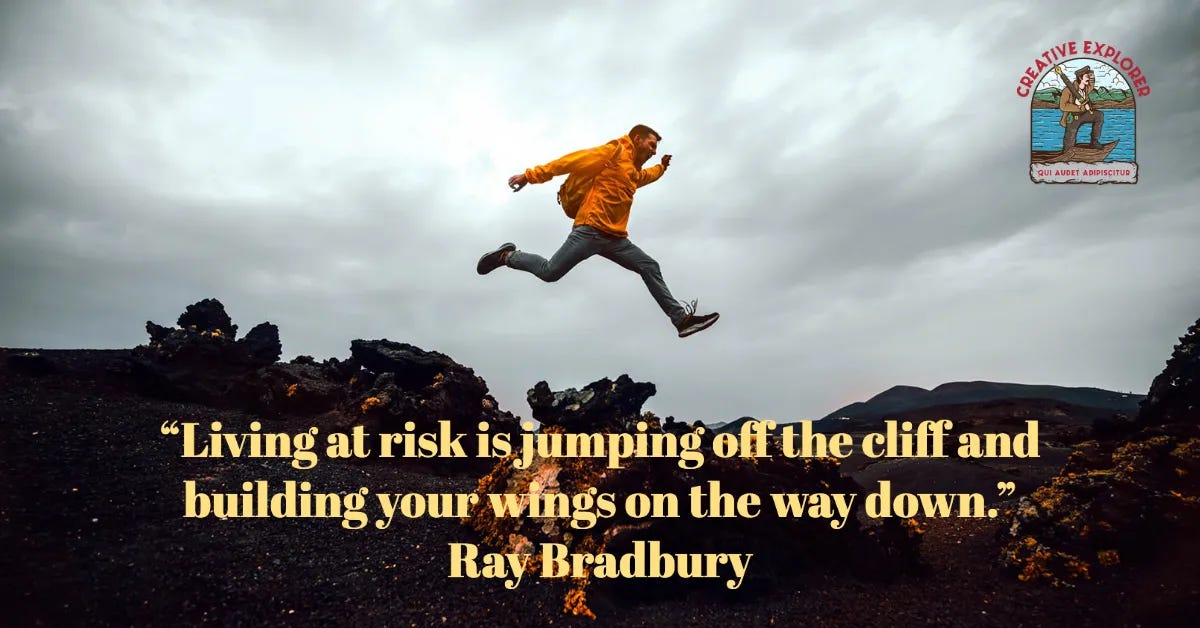
Inevitably, the poor souls who work with me in film production on the “Take” series, “American History X”, etc., will come to realize how many parallels that I can draw between film production and World War II. To be sure, the Lessons of World War II are immense and I think - having read over 1,000 books on the subject - everything you need to know about Life is in years of this massive worldwide event.
World War II was a global war, not only immense in the scope of world involvement, but a war which machines had advanced beyond the rudimentary and horrific killing grounds of World War I and still needed the human judgement, spirit, bravery, audacity and ingenuity to make the machines work well in fighting the war. In a world today of Artificial Intelligence, drones and worldwide satellites, the chess game of the war honed the mind, body and spirit of entire populations to a razor’s edge.
Assess the Situation
After the devastation and shock of Pearl Harbor, the United States declared war in short order on the Axis powers of Germany, Italy and Japan.
But where to fight? Europe or the Pacific. The US was the primary Allied naval power in the entire Pacific. The Allies had agreed on putting “Germany First” as a military objective. But the Pacific could not just wait until the defeat of Germany. The US Navy had to take action. But where?
A key component in the US specific strategy was to hold Australia as a lifeline for both basis as well as logistics. The Japanese Navy and high command knew this, pushing south through the Solomon Islands toward Fiji, New Caledonia and Samoa. In fact, this offensive would cut off Australia from vital lifelines, meaning that any offensive would probably be staged out of Hawaii or the US West Coast – an impossible task!
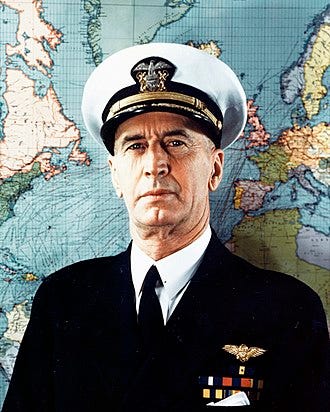
Admiral Ernest J. King was a fierce advocate and protector of the US Navy and Commander-in-Chief of the US Fleet, the second highest US Naval officer (after William Leahy) and the second 5 Star Fleet Admiral. In January 1941, King issued CINCLANT director Serial 053 which encouraged officers to delegate and avoid micromanaging their subordinates. This directive may seem ordinary in today’s world but was startling and innovative in the buttoned-down black shoe navy which echoed far in command, management and protocol. Admiral King was taking a risk - forcing commanders and officers to rely on their men’s training, thinking and on-the-spot decision making. Insofar as most armies relied on strict order giving hierarchies, this was an innovation in this new global war.
Concrete Steps: Where to Strike?
King was in a difficult position with most resources heading toward the Atlantic to fight Hitler’s National Socialist onslaught. King was also, to say the least, a very very difficult personality. While highly-intelligent, relentlessly driven and innovative, both superiors and subordinates found his caustic, stubborn abusive personality almost unbearable. His own daughter said that “he is the most even-tempered person in the US Navy. He is always in a rage.” President Roosevelt said he is a man who “shaves every morning with a blow torch.” King recognized his own crusty temperament when the war picked up and he was promoted by saying: “When things get tough, they always call the sons-of-bitches.”
Yet, an organizational genius who saw that the Imperial Japanese Navy must be stopped from their southern Pacific thrust. The United States had boldly struck after Pearl Harbor with the Doolittle Raids on Tokyo which had tremendous psychological effect on Japan’s Emperor and High Command. The May 1942 battle of Coral Sea stymied Japan’s ambitions to take the strategic Port Moresby on New Guinea. The Battle of Midway was a tremendous American victory. But the Imperial Japanese Navy was still extremely potent with probably the best naval aviators in the world.
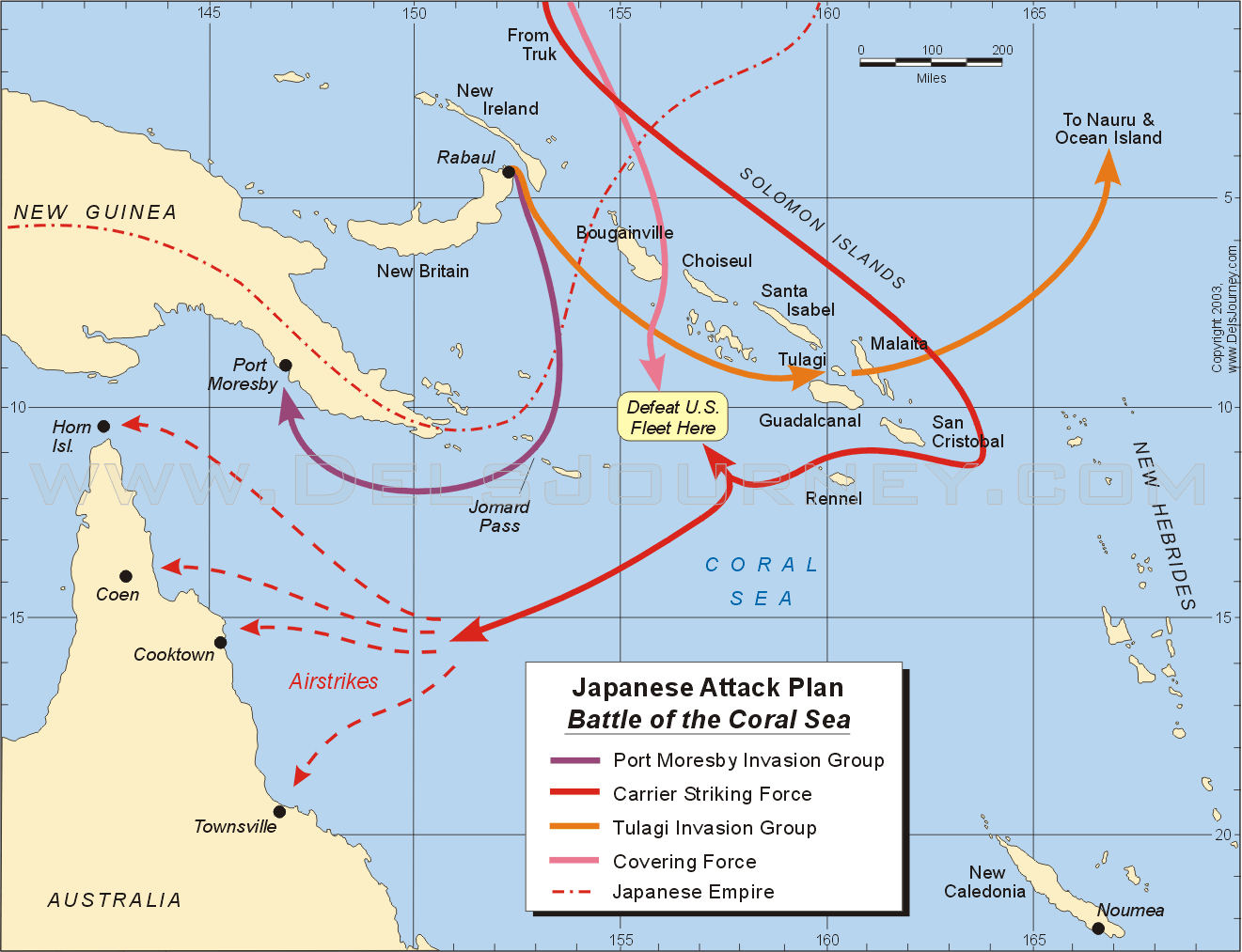
Take Action
King studied the maps. When the Japanese pushed south in the Solomons, they captured Tulagi and another island for a forward airbase. Guadalcanal. King decided to strike back immediately to take Guadalcanal and deny this airbase to Japan’s long range bombers. Japanese fighters and bombers had the longest range of any aircraft in the world. King saw the threat, knew that he had to act and sent US forces to Guadalcanal on August 7th, 1942. The codename for the operation to take Guadalcanal was “Pestilence”. Not a good sign.
Action & Adjust
King sent the 1st Marine Division to Guadalcanal under Major General Alexander Vandegrift to Guadalcanal and fast. The US forces and command were ill-prepared to land in this hellish inhospitable island of Guadalcanal which was rife with disease, razor grass and more. With Japanese naval dominance, the Marines landing there were poorly supplied and living off captured Japanese rice, using their gas and struggling mightily. On average, during the battle, a US Marine would lose 40 pounds due to fighting, dysentery, malaria and more.
Know This: The Marines were not 100% ready but Action had to be taken. Same with you.
The US Navy with few carriers was in an extremely difficult position with nightly bombardments of the US positions by Japanese battleships and cruisers. The Imperial Japanese army rallied, landing the Ichiki battalion, Kawaguchi’s 35th Infantry Brigade and more using the famed “Tokyo Express” destroyer transports. Still, the American soldiers, led by Chesty Puller, Merritt Edson and others, held out.
Admiral Ghormley was a poor operational commander and decisively replaced with King’s assent with famed Admiral William F. Halsey to buck up the troops and become more forceful in supporting the offensive. With numerous adjustments along the way to naval and air strategy along with on-the-ground fighting tactics to counter vicious Japanese banzai attacks, the Marines and Army soldiers prevailed on Guadalcanal.
What This Means For You
I am indeed enormously interested in World War II history but the fascination, enthusiasm for history and diligence is not because I seek the glories of war. If anything, the scholarship demonstrates the horrible tragedy of war which is the second worst fate of humanity. The first is the slavery of totalitarianism.
But what is your takeaway in Risk-Taking from this lesson?
You are not taking a risk with countless lives in a war. Your risk is far, far less but significant for you. The time for taking action is in the present. Delays - while not quite as pressing as losing Australia and the war - can cause a far great loss to your life and destiny. Striking with action and then adjusting strategy, tactics, command, logistics and more is basic human navigation of challenging circumstances.
After the war, one can gain perspective on the effect of strategic choices. Major General Kiyotake Kawaguchi, IJA, Commander, 35th Infantry Brigade at Guadalcanal said:
“Guadalcanal is no longer merely a name of an island in Japanese military history. It is the name of the graveyard of the Japanese army.”
Initially, when Guadalcanal was proposed, neither American generals nor admiral knew its whereabouts and had to find it on a map. The Solomons were poorly mapped, relying upon old turn-of-the-century maps for naval navigation and local heroic islanders for aid. The significance of immediate action in the Battle of Guadalcanal which lasted six months in naval, air and land battles cannot be overstated in the Pacific War.
On many days, in studying World War II history, I remind myself that the pivots of both my personal and world history rely on taking action in the present for a better future.
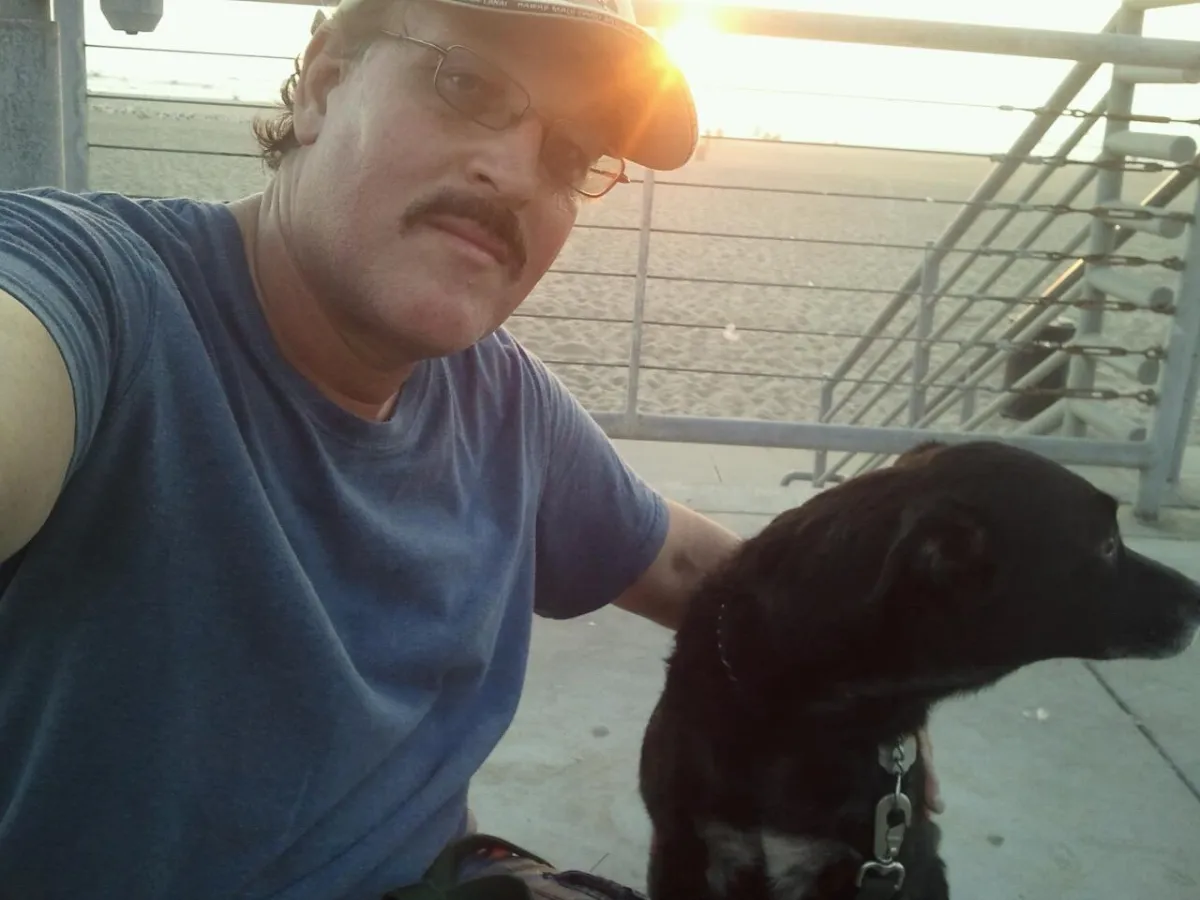
Did You Know...
... if you improve 1/2% each day, then you will be 267% better over one year? Who can compete with that?
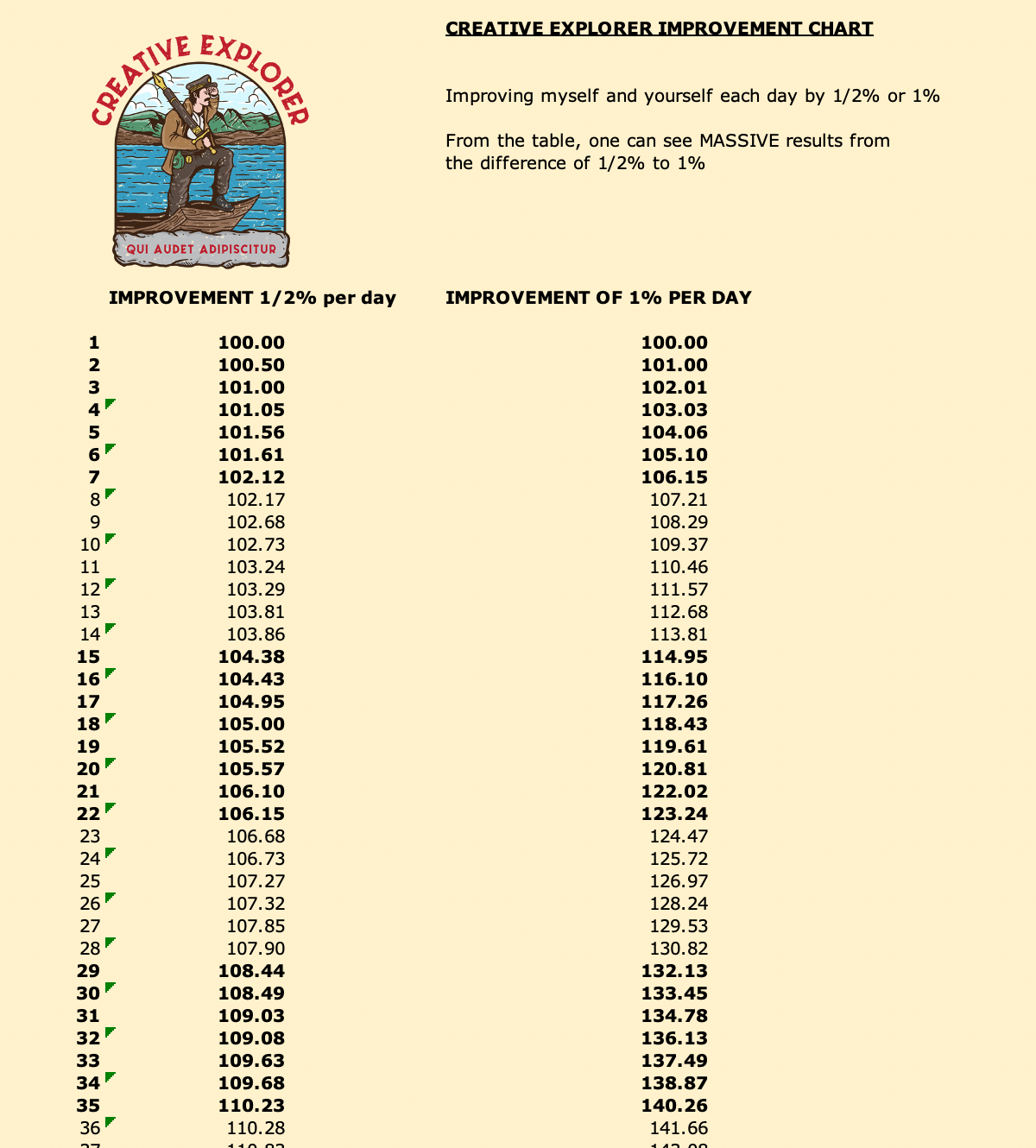
Setting Yourself Up for Success usually doesn't mean one big jump but rather incremental change day after day. Think of it like a ocean wave, moving far out in the Pacific with almost an undetectable push...finally with the power and grace of an ocean wave onto the beach. Create your own metaphor to embrace small habits with a huge future impact.



Facebook
Instagram
X
LinkedIn
Youtube
Website